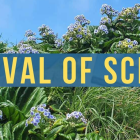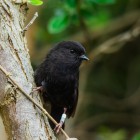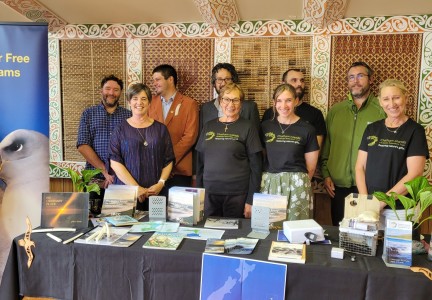
Blog and news
Restoring globally significant islands
In February 2025, our Trust spent a week connecting with conservation partners, culminating in the announcement of Aotearoa joining a global island restoration challenge. This includes the two inhabited islands in the Chatham Islands.
It can be hard to carry out conservation on a small and remote group of islands, especially when they’re part of a small and remote country. Resources are limited. There are logistical challenges. But there’s also an urgency: some of the beautiful places and unique species found here are at serious risk of vanishing permanently.
That risk isn't putting itself on hold for resources and logistics to line up.
A few years ago, work began on the possibility of Aotearoa joining the international Island-Ocean Connection Challenge (IOCC). Started by three NGOs, the challenge aims to restore 40 globally significant islands by 2030 – achievable by connecting the groups who look after these islands with a network of expertise and philanthropists. Aotearoa has now joined this challenge, pledging to restore four of its large islands: Rēkohu/Wharekauri and Pitt in the Chathams, Rakiura/Stewart Island, and Maukahuka/Auckland Island. The estimated cost for this is an ambitious $137 million.
The announcement came at the end of a week of Aotearoa’s IOCC partners connecting. For our islands, that whole week was invaluable. Our Trust (all but one Trustee) travelled with reps from our on-island partners, the Hokotehi Moriori Trust and Ngāti Mutunga o Wharekauri Iwi Trust, to meet with national and international groups set on making Aotearoa’s pledge a reality.
This was an opportunity to connect and to share the stories of these important islands, kanohi ki te kanohi.
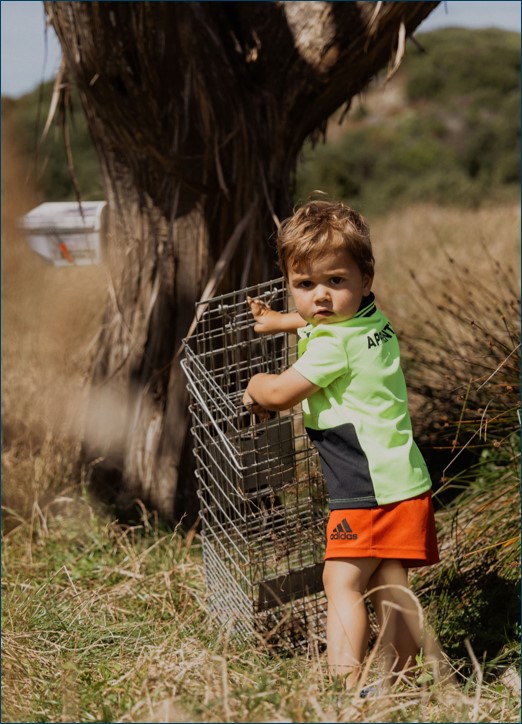
Fletcher Lanauze: 9th generation Chatham Islander. Image: Ashley Ryan
The Chathams community is key to conservation
One of the unique things about the Chathams is our unique community. Our Co-Chair Levi Lanauze, with Moriori and Māori whakapapa, shared this story, starting with his son Fletcher.
Fletcher is a 9th generation Chatham Islander. He’s 3 years old and already passionate about checking traps. Fletcher is part of restoring land that his great-grandfather cleared for pasture and fenceposts, his grandfather farmed, and his father is now replanting. This close and changing relationship to the land over generations is the story of so many Chatham Islanders.
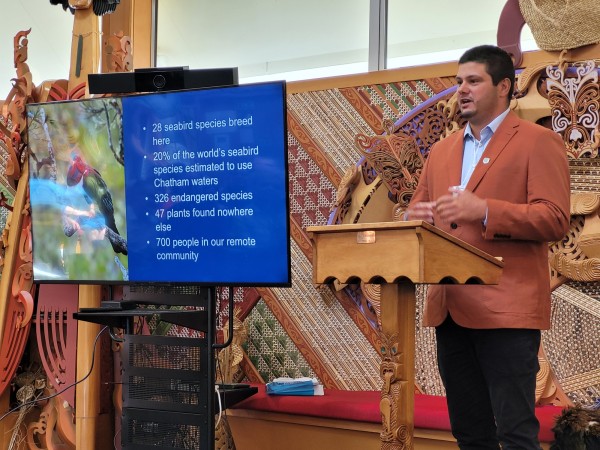
Levi presenting at the IOCC launch event.
About 700 people live on the two inhabited islands. Most of the land is privately owned. The Chathams are in Aotearoa’s most productive marine area, where the southern and pacific oceans clash. This productivity supports the local community and economy, but also a large percentage of the world’s seabirds and over 300 of Aotearoa’s threatened species – some of which are found nowhere else.
Levi outlined the islands’ history of conservation success, with the revival of species like the black robin and parea, and the growing momentum across the community to protect the land and sea. Today, pressures on living so remotely are increasing: climate change, struggling industries, a rising cost of living, dwindling resources.
Chatham Islanders know that if the community is to survive, and if the species and places they’re so proud of are to survive, they need to protect nature.
The Predator Free Chathams project has already community support and a feasibility study, laying the groundwork for a restoration project of a scale that hasn’t been done before. And our islands are ready for it.
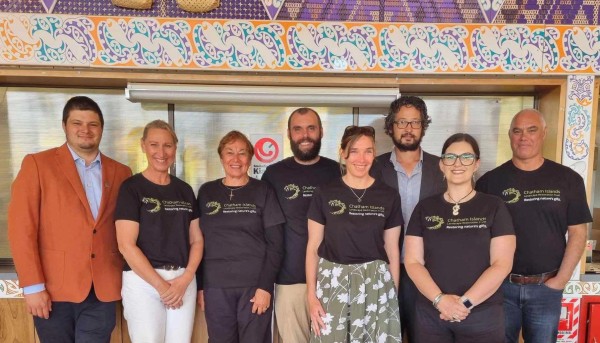
The Chathams IOCC contingent: Levi Lanauze, Monique Croon, Lois Croon, Hamish Chisholm, Jess MacKenzie, Hayden Preece, Belinda Williamson, John Preece.
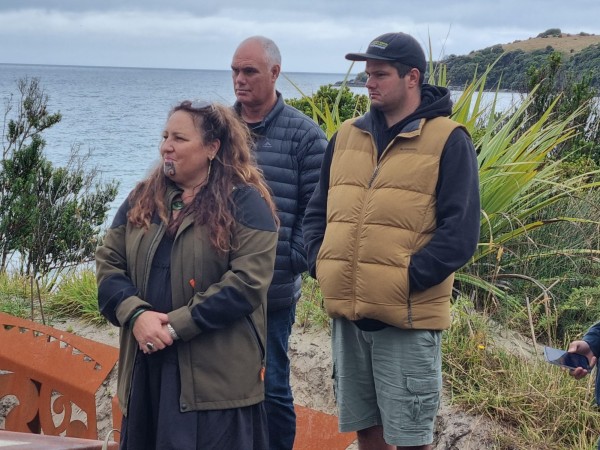
Estelle Pura Pera-Leask (Te Rūnanga o Awarua), John Preece, Levi Lanauze.
Our fellow islands: Rakiura and Maukahuka
One of the highlights was a day trip to Rakiura, the other island in Aotearoa’s IOCC pledge that has an on-island community. Rakiura also has some incredibly rare species. With an estimated 101 individuals and a declining population, the pukunui (southern dotterel) is one of the birds closest to extinction on the planet. Feral cats are a massive culprit. A short walk along the start of the Rakiura Great Walk track was also an eye-opener: we heard very little birdsong, and the forest understory was shallow. These are the signs of a forest that needs protection. This is the focus of the ambitious Predator Free Rakiura project.
The Maukahuka project (DOC and Ngāi Tahu) is also an ambitious and exciting undertaking. Making this far-flung, uninhabited island predator free is the last step in making the entire New Zealand subantarctic pest free. Over 30 years of investment and effort has already gone into restoring the subantarctic region. A nature reserve and World Heritage site, Auckland Island is home to some very rare plants and animals and over 100 endemic species.
We also want to acknowledge the incredible hospitality shown from Te Rūnaka o Awarua (Ngāi Tahu) at Te Rau Aroha Marae in Bluff, who hosted the announcement event. Despite the 1,220km of ocean and land between us, there are strong connections and shared whakapapa between the Chatham Islands and Southland. We’re thrilled to be part of the IOCC with Ngāi Tahu, working towards similar goals.
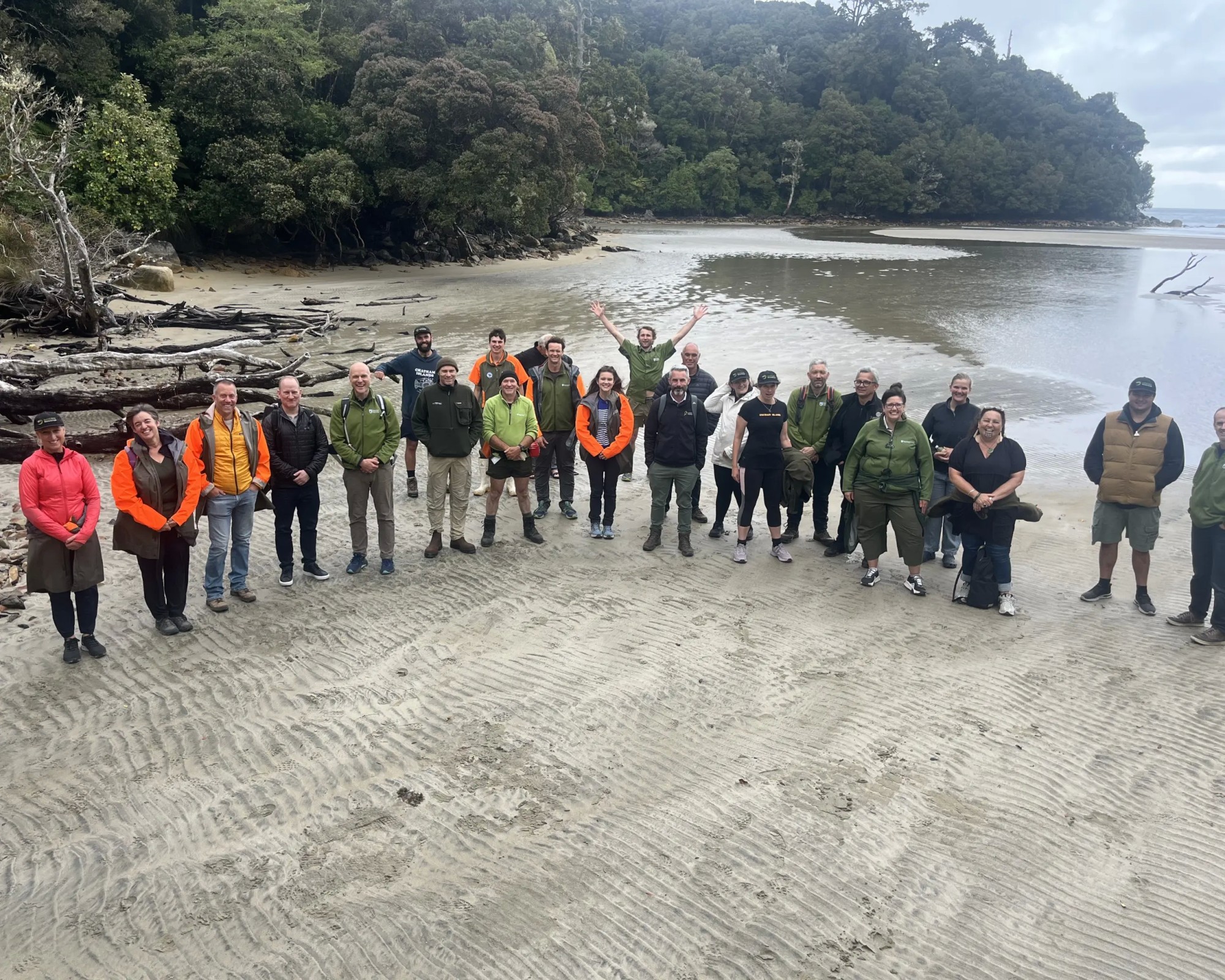
IOCC partners on Rakiura.
Conversations with global partners
Our conversations with representatives from Re:wild and Island Conservation, two of the NGOs that started the IOCC, highlighted the expertise we’re connected to through the challenge. They’ve worked with communities in different countries and continents, enabling those communities to protect their environment. There’s a real focus on understanding what the core challenges at place are, and working on outside-the-box approaches to overcome them.
We recognised similarities between the Galapagos Islands, where Re:wild's Karl Campbell has been working, and the Chatham Islands. The Galapagos have different species, a different climate, and have been working on their projects for longer – but, like the Chathams, they’re home to a remote community of people as well as amazing and unique species.
Restoring islands is work that can make a global difference. Islands are home to a high percentage of the world’s biodiversity given their size, and they’re also closely linked to the health of oceans. Oceans are a global system, so the benefits can be significant for the planet.
It's good to know we’re not alone in trying to restore and protect these important islands.
Learn more about the IOCC and how to support this mahi
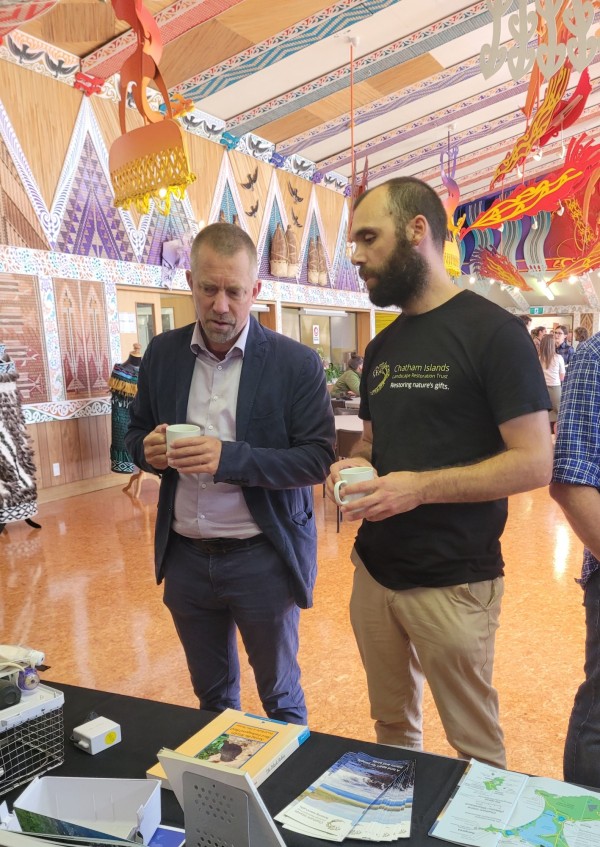
Karl Campbell (Re:wild) and Hamish Chisholm (CILRT) chat Chathams.
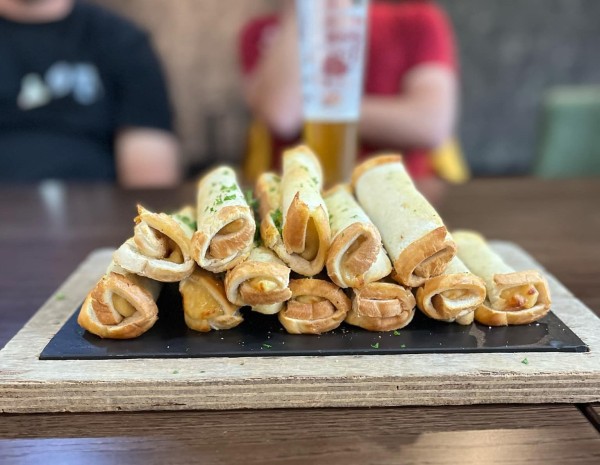
Southland sushi: the best reason to come to Southland.
A huge thanks to everyone involved in Aotearoa New Zealand joining the Island-Ocean Connection Challenge, including the Department of Conservation, Te Rūnanga o Hokonui, Te Rūnaka o Awarua, Te Rūnaka o Waihōpai, Te Rūnaka o Ōraka Aparima, Te Puka Rakiura Trust (Predator Free Rakiura), Hokotehi Moriori Trust, Ngāti Mutunga o Wharekauri Iwi Trust and Chatham Islands Landscape Restoration Trust, international partners Island Conservation, Re:Wild, Scripps Institution of Oceanography, and supporters Predator Free 2050 Ltd and the Predator Free NZ Trust.

